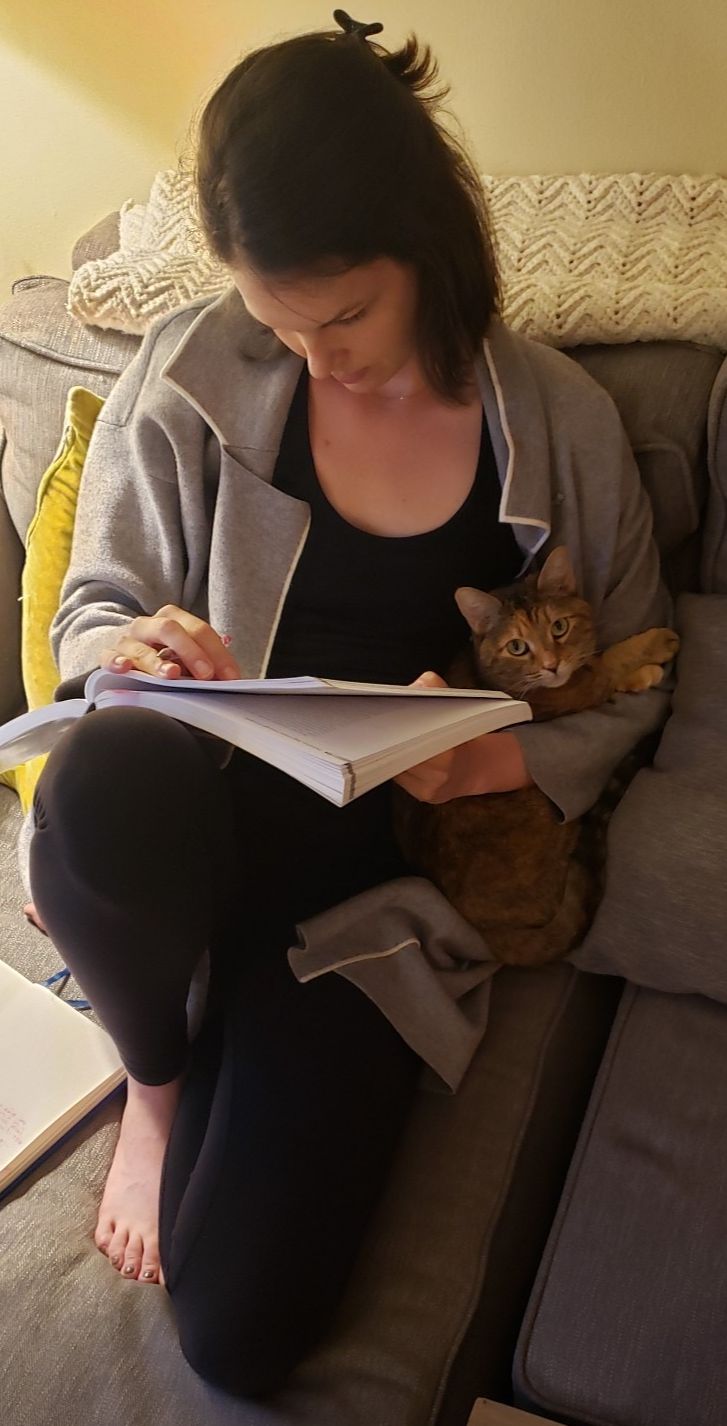
31 Aug Bodies: Not the Best for Modern Times
In this modern age, our bodies aren’t all that great at adapting to our environment. Let machines do your work for you! (I’m only being somewhat sarcastic.)
Hear me out.
Technology minimizes the amount of work one must physically do to get a result. For your convenience, reduce energy expenditure. Rumbas minimize vacuuming work. Dishwashers minimize dish washing work. Escalators minimize stair climbing work. And on and on.
The result of all of this is that we are moving, bending, and stretching less in the course of our day-to-day lives. And we have been for generations.
I just finished a book called The Story of the Human Body by Daniel E. Lieberman. It starts at the biological evolution from ape to two-legged human and goes on to include cultural evolution, in which we “develop and pass on new behaviors to our children, friends, and others”.
The thing about cultural evolution is that it’s incredibly fast, especially compared to the transition from ape to agrarian human.
Once we arrive at the Industrial Revolution, Lieberman says, “within less than a dozen generations, humans altered their framework of existence, not to mention the earth’s environment, more rapidly and profoundly than any previous cultural transformation.”
Machines do much of our work for us, freeing most of us from the hard physical labor of daily life that was common to our ancestors.
The main idea is that cultural evolution has outpaced biological evolution, or the ability for natural selection to result in bodies that are well-adapted to our environments.
Our lives have changed in ways that our bodies aren’t made to handle all that well. Specifically, we don’t have to move as much, we have abundant access to (nutrient poor) food, and we are frequently using new fangled devices like comfortable beds and chairs.
This leads to what the author calls mismatch diseases.
Mismatch diseases “tend to be chronic, non-infectious diseases whose causes are difficult to treat or prevent.” For example, type 2 diabetes, osteoporosis, impacted wisdom teeth, and even myopia.
Our far-away, hunter-gatherer human ancestors didn’t have to worry about mismatch diseases, because their bodies were much better matched to their environments. They had to walk and run long distances to collect and eat enough food, they sat with their spines erect, not slumping into the comfy couch, and they had a much more diverse diet low in simple sugars and high in fiber.
I share this information with you as a book report and am no expert myself. If your interest is piqued, I encourage you to check out the book from your local library. It’s well researched, accessibly written, and the author isn’t judgmental or above it all himself.
I don’t know about you, but I don’t want to give up technology for a hunting and gathering lifestyle. I would, however, like to help prevent and care for some of the discomfort that comes with these mismatch diseases of modern times.
If you want to move your body in thoughtful ways that counter the effects of a more comfortable, sedentary lifestyle, I invite you to take a yoga class with me this week.
Online livestream schedule details are below, and there are dozens of classes for all sorts of needs (Feet, Knees, Anxiety, Happiness) on my YouTube channel to play as you please.
Sending you love from my comfortable chair to yours,
Quinn
PS
I’m offering my 30 Minute Yoga for Gas class for free, on request.
Yes, we are talking about burps and poots, my friends. We all know what a gassy, upset belly feels like, and I’ve got lots of tools that provide a solution. Just send me an email or message me on IG or FB and I’ll send you the link. No shame!
I’ll explain why it’s by request when I email you back.
——
Sign up for the Open Awareness Yoga Newsletter
[mc4wp_form id=”1107″]
